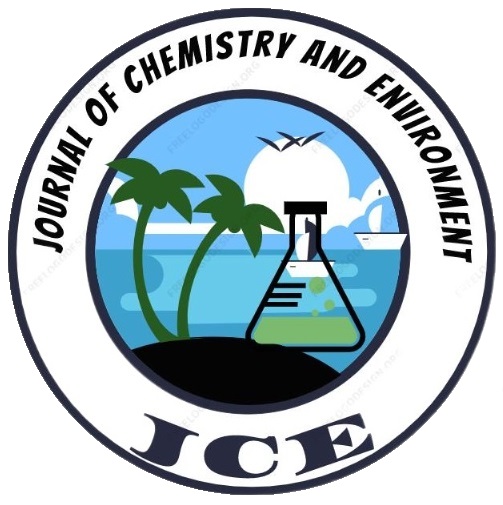Heavy Metals Assessment in Different Fresh and Processed Tuber Crops Grown with Fresh and Sewage Water
DOI:
https://doi.org/10.56946/jce.v4i1.563Keywords:
Heavy metals, food processing techniques, tuber crops, water contaminationAbstract
The problems from heavy metals content increasing day by day over the world. Heavy metal contamination in vegetables has become a serious food safety concern in developing Asian countries, including Pakistan. Due to lack of clean water resources in many Asian countries, sewage water is frequently utilized to irrigate the crops, particularly in Pakistan. Irrigation of sewage water may increase the levels of heavy metals in such soil, which eventually transfer to crops. In humans, these metals induce a variety of illnesses, i.e. cancer. In this study, the concentrations of heavy metals (As, Pb, Cd, Hg, Co and Cr) in raw and processed tuber vegetables irrigated with ground water and sewage water were compared utilizing a wet digesting method. Different levels of heavy metals in raw, oven baked, air fried and deep-fried vegetables have been evaluated. Results showed higher levels of heavy metals in vegetables grown with sewage water and were above the permissible limits. It also shows that different processing methods had a significant effect on the level of heavy metals but was unable to reduce it to the safe limit designated by FAO and WHO. Maximum level of percentage decrease of lead (Pb) and cadmium (Cd) was found in deep fried vegetables.
Downloads
Published
How to Cite
Issue
Section
License

This work is licensed under a Creative Commons Attribution-NonCommercial-NoDerivatives 4.0 International License.


